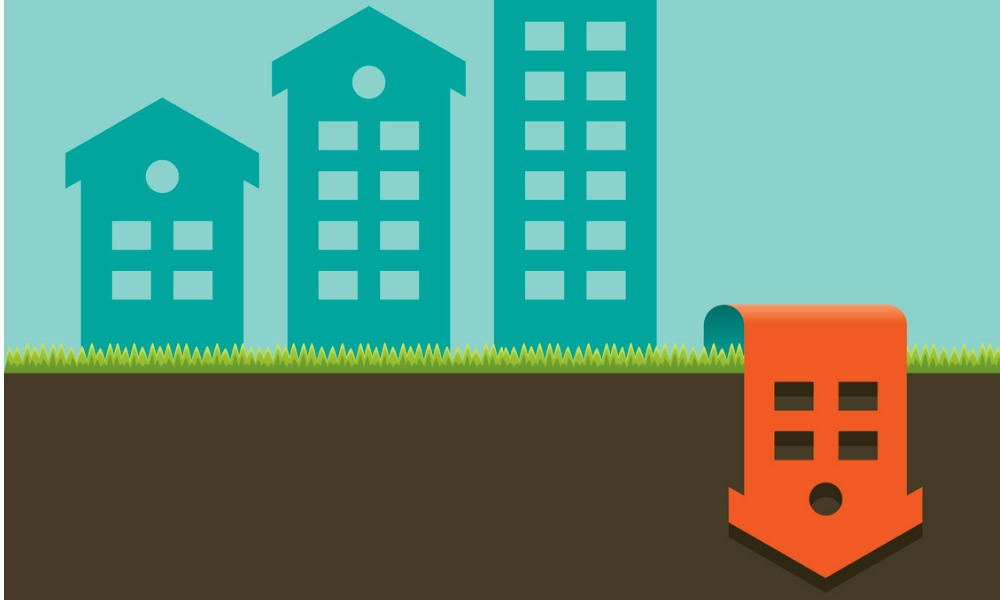House prices in major cities are falling at a rapid pace

Falling home prices are not deterring the Reserve Bank in its program of aggressive rate hikes to calm inflation – at least, not so far.
House prices in major capital cities are falling at their fastest monthly rate since records began in the early 1980s as continued rate hikes reduce borrowing power and dampen consumer confidence, The Australian Financial Review reported. Prices are expected to keep falling.
The median dwelling price in Sydney has fallen 7.4% from its peak. Melbourne has seen median prices fall 4.6%, Brisbane is 2.6% down, Hobart has fallen 3.3% and Canberra is down 2.9%. Perth and Adelaide, meanwhile, are seeing prices flatten out, according to data from CoreLogic.
Further price drops are practically certain. Only about six in 10 properties are selling at weekend auctions, and vendors are withdrawing thousands more homes from the market due to a lack of buyer confidence, AFR reported.
Economists are predicting that national house prices could tumble by between 15% and 25% over the next couple of years, with the largest falls expected in Sydney and Melbourne, where values skyrocketed during the COVID-19 pandemic.
However, the house-price freefall is not discouraging the RBA in its aggressive program of rate hikes to curb skyrocketing inflation. Last week, the central bank raised interest rates for the fifth consecutive month, lifting the cash rate to 2.35%.
While the pace of rate hikes may slow soon, market-watchers are predicting that the cash rate will exceed 3% by the end of the year and approach 4% by mid-2024, AFR reported.
A national house price fall of more than 10%-15%, however, would likely give RBA Governor Philip Lowe pause because of the likely knock-on effects on consumer spending and housing construction.
So far, national house prices have fallen 3.5% since peaking early this year – a relatively minor correction after house prices skyrocketed more than 30% during the pandemic. Ultra-cheap mortgages enabled by the record-low 0.1% cash rate and the RBA’s $188 billion in discounted fixed loans to commercial banks, along with a desire to live in larger homes during the COVID lockdowns, pushed house prices into the stratosphere, AFR reported.
However, the current rapid price falls of between 1% and 2% a month in the big capital cities suggests that double-digit national price falls are practically inevitable.
Read next: Rate rises are stabilising the housing market – REIA
Tim Toohey, head of macro and strategy at Yara Capital Management, told AFR that the unusual thing about the current downturn is that the RBA is continuing to lift interest rates, when central banks often cut rates in response to property price declines.
“There’s just not going to be the policy relief, so the question is: does it give you a more drawn-out correction,” Toohey said. “I’m not a doomsday bear, but I think what will happen is that people just won’t transact, and housing turnover stops. Unless people are losing their jobs, people are not going to sell unless they have to, so that will control the absolute downside on realised prices. But it does still condition people’s consumer behaviour because they may not feel as permanently wealthy.”
Peter Tulip, former RBA official and economist at the Centre for Independent Studies, told AFR that he expects house prices to fall more than 25% over the next couple of years. He said his rule of thumb was that for every one-percentage-point change in interest rates, house prices fall by 8%.
“Bubbles don’t burst, they gradually deflate,” Tulip said. “A sizable reduction in house prices will dampen spending, and that’s what we need. It won’t be disastrous – I think it will be necessary. The labour market is overheated with 3.4% unemployment, and spending needs to fall from above-trend to below-trend.”



